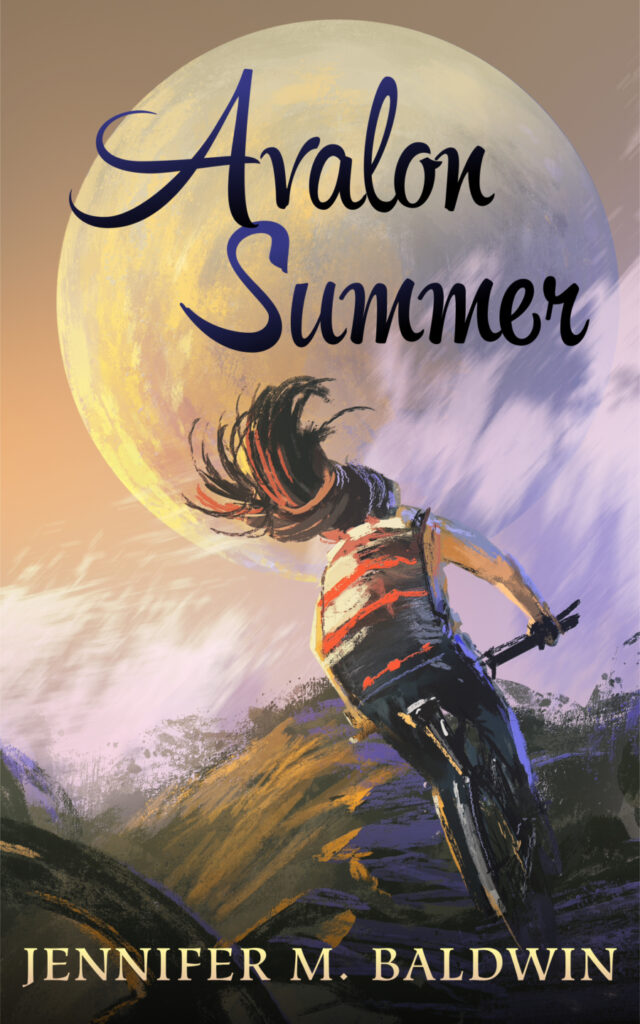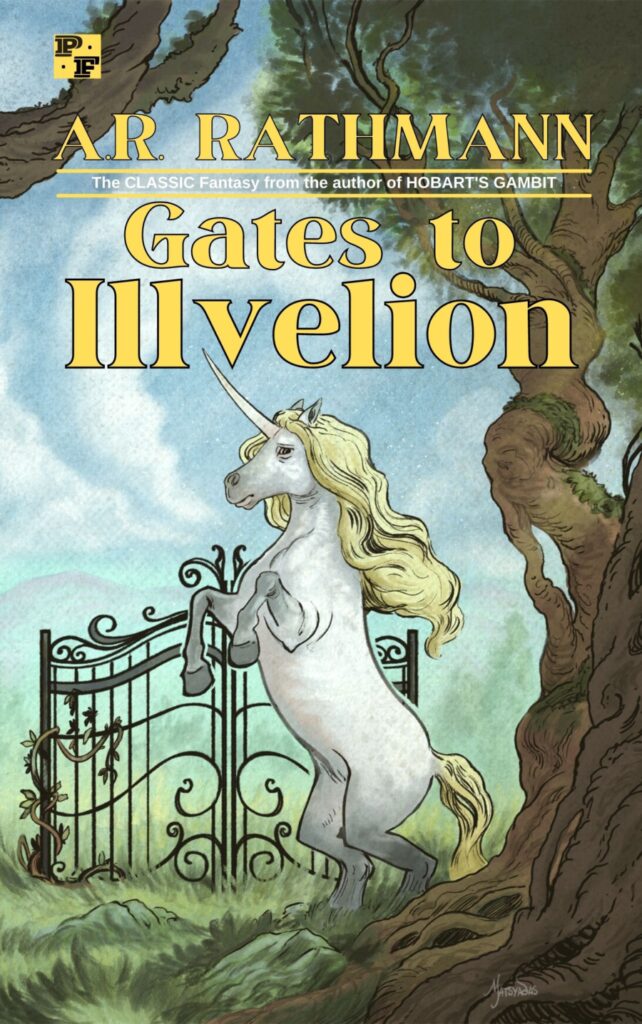What kind of writer am I? My writing heroes are Ray Bradbury, J.R.R. Tolkien, Ursula Le Guin, Astrid Lindgren, C.S. Lewis, Neil Gaiman. Are they “literary” writers or “genre” writers? Serious or pulp? Do they write art or entertainment?
Let’s back up a bit. First, I have always loved fantasy and science fiction, and these two genres have historically been considered “low-brow” by the literature establishment in the U.S.
Tolkien and Lewis in particular had to deal with all kinds of disparaging remarks about their adult fantasy novels from snooty critics.
Le Guin has fared better because she wrote more than just sci-fi/fantasy, and she came to prominence when the genres were gaining more legitimacy. Lindgren gets a pass too because she often wrote for children. Bradbury was a force unto his own. He wrote pulpy stuff but somehow was embraced as literary (sometimes).
But still.
Science fiction and fantasy — speculative fiction — have always maintained a place outside the center of literary esteem. Even now, there feels like a divide between “literary” stuff and “genre” stuff.
I have a subscription to Poets & Writers magazine (that is soon to expire and I won’t be getting a renewal), and the thing that always strikes me when reading it, is the way it seems to ignore nearly every contemporary writer I enjoy reading today: Brandon Sanderson, Patrick Rothfuss, Helene Walker, Susanna Clark, Ken Liu, Naomi Novik. Yes, I understand that a large portion of the magazine is devoted to poets, but still, it’s surprising that some of what I consider the best speculative fiction writers today aren’t even mentioned.
Again, there is a divide.
And this divide extends into process and craft and how we should think of our writing. Am I a writer of literature, or am I writer of entertainment? Literature writers are supposed to labor over their craft, write multiple drafts, strive for greatness and make Capital A “Art.” Entertainers churn out their product, write what sells, and scoff at pretensions of “art.” Yes, I know I’m simplifying things, and yes, I know these lines between low-brow and high-brow are gradually blurring, but there’s still this sense (and maybe it’s only in my own mind) that if one wants to write and publish fiction, one must decide.
I hate this choice. I don’t want to make it. I hate the binary between purity (aka art) and business (aka entertainment). This is what happens, though, when I want to sell my stories. When I turn them into commodities, when I participate in the market, then I’m ceding ground to “writing as a business.”
Of course, I want to eat and have a roof over my head, and I want to “make a living” as a writer, so that means I need to think like a business person and regard my stories as “products” to be sold (or intellectual property to be licensed). I want to sell my fiction. I want to market my writing. But I don’t want to feel like I must abandon my creative voice in order to write books that people will buy.
Listening to self-publishing podcasts or reading subreddits for self-published authors can get depressing sometimes because everything seems to be screaming, “Write to market!” Readers want conventional fiction that adheres heavily to tropes (with just a little bit of tweaking to keep it interesting). Readers want vampires and shifters and badass females in their urban fantasy; they want elves and dwarves and dragons in their high fantasy; they want LitRPG, or they want Space Opera, or they want Grimdark. Write to market, write to market, write to market.
It’s not that I don’t like elves and dwarves and dragons in my high fantasy, and it’s not like I don’t want badass ladies kicking butt in my urban fantasy, but I don’t write with these things in mind. I just don’t. I write from my dreams and whatever weird stuff shows up in them; I write from the strange melange of influences I’ve had in my life, everything from Who Framed Roger Rabbit? to Phantastes to Pirates of Dark Waters to Luis Bunuel. I try my best in every story to make it something I would want to read, and I try my best to make it entertaining and also meaningful. But when I write, sometimes my high fantasy doesn’t have elves. Sometimes my urban fantasy has nary a badass lady in sight. It’s just how my brain works, and my imagination. I know I need to keep working at my craft, but I want to believe that I can write both something true to myself as an artist and something that will sell. Am I a fool for thinking so?
I think the divide between art and entertainment is an illusion. All art — even the “literary” stuff that gets featured in Poets & Writers — is meant to entertain. The pulpsters and the literati are all doing the same thing: spinning yarns to enchant an audience. I was heartened recently when reading Le Guin’s collection of essays, The Language of the Night. One of the essays dealt with this false dichotomy between art and entertainment:
“Therefore I totally oppose the notion that you can put Art over here on a pedestal, and Entertainment down here in a clown suit. Art and Entertainment are the same thing, in that the more deeply and genuinely entertaining a work is, the better art it is. To imply that Art is something heavy and solemn and dull, and Entertainment is modest but jolly and popular, neo-Victorian idiocy at its worst.
(from “The Stone Ax and the Muskoxen”)
I think it helps to remember Shakespeare. His plays were popular. They were entertainment for everybody, from the lowest dregs of London society to the very highest of royalty. And yet, we watch Shakespeare now and consider his work High Art. The same plays. The same lines. Entertainment and art.
Thus, the choice is an illusion.
I’ve never set out to write a story that I didn’t think would be entertaining. I might have failed in the execution of a story, but I never failed in the intention behind it.
There is only the work. There is only the hope that in writing my stories and spinning my yarns, I will make something “deeply and genuinely entertaining,” and thus, make a work of art.
What kind of writer am I?
Perhaps the answer is trite, but it remains true. I am myself. I don’t have to choose.



